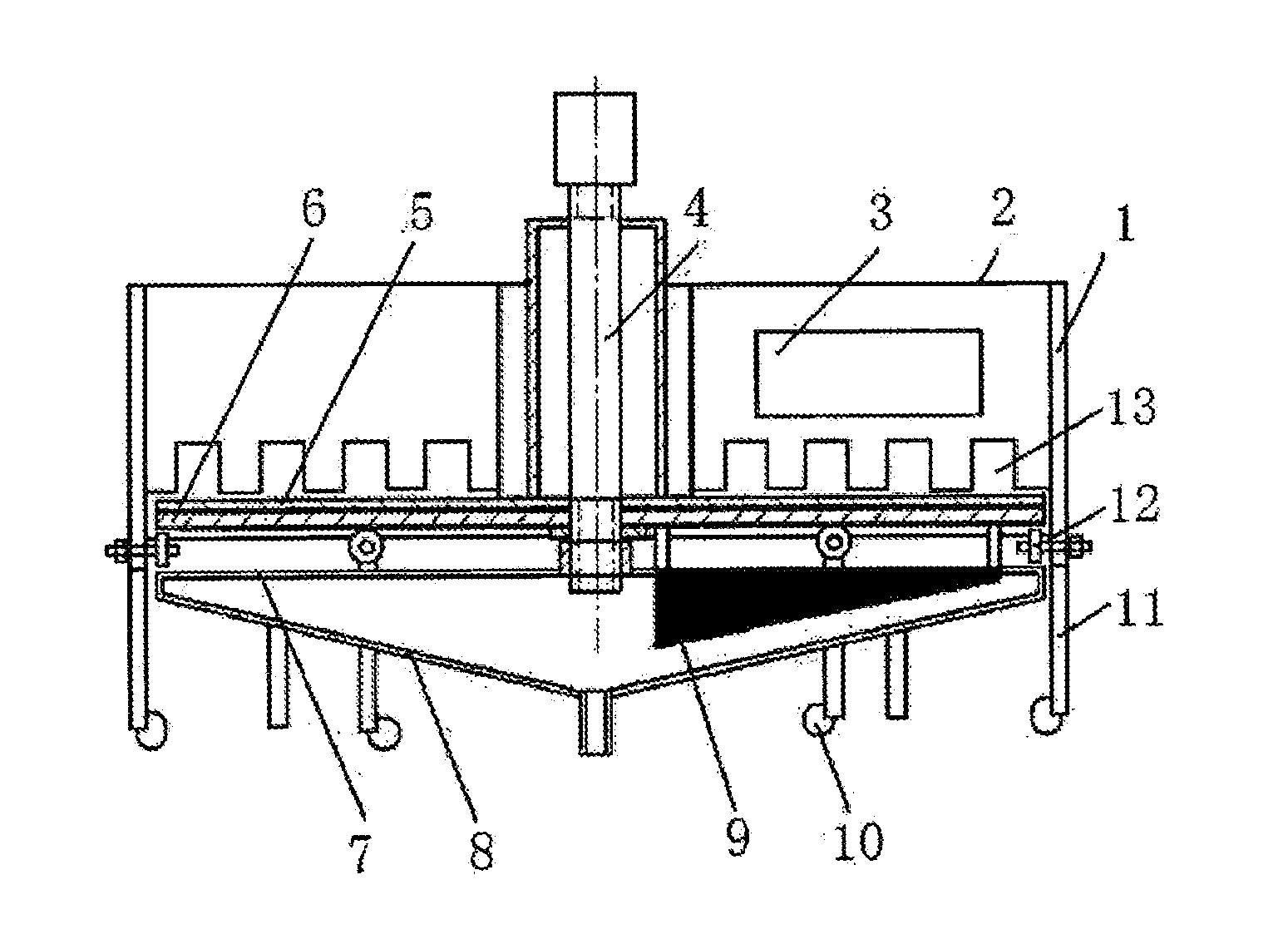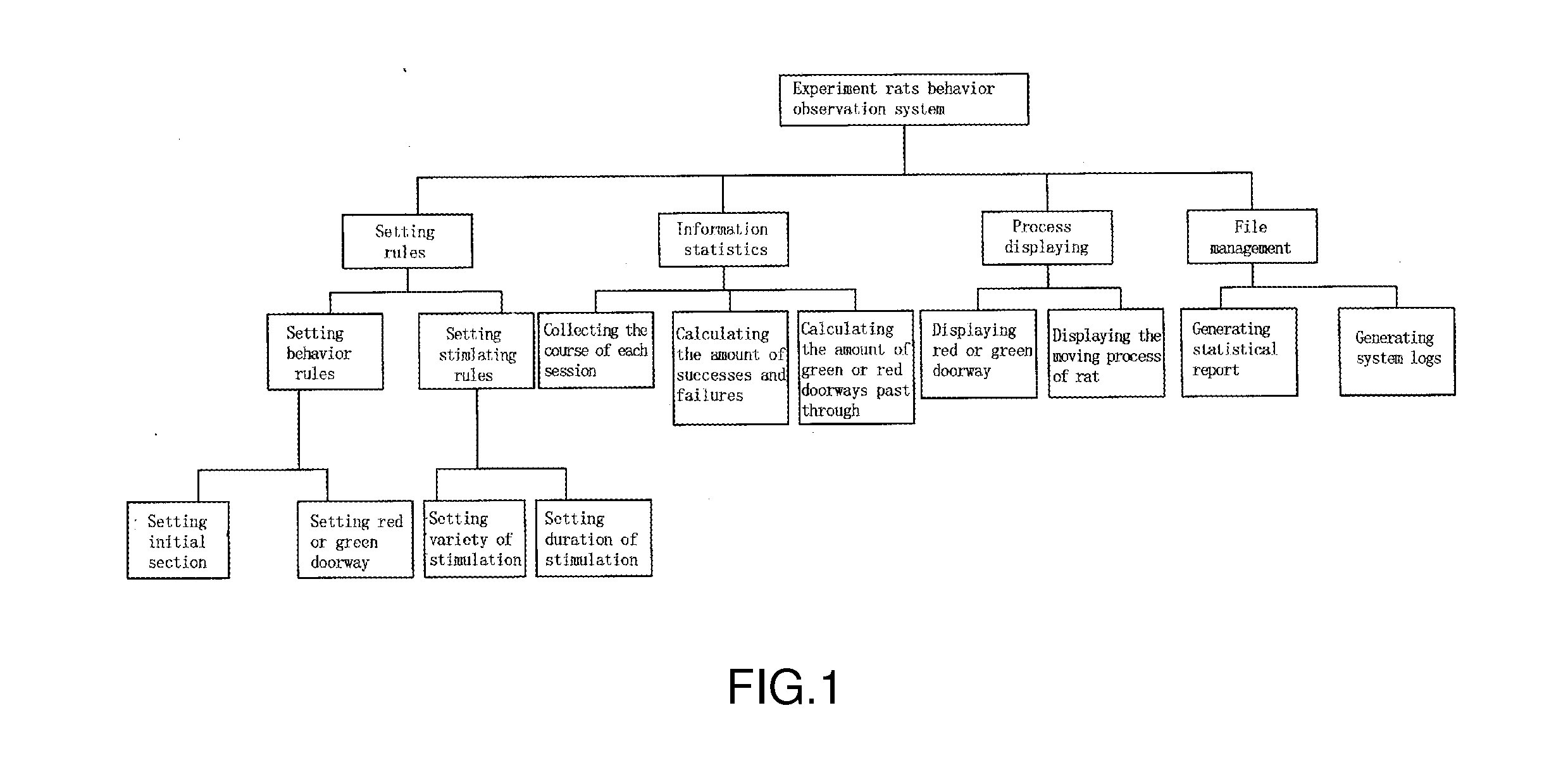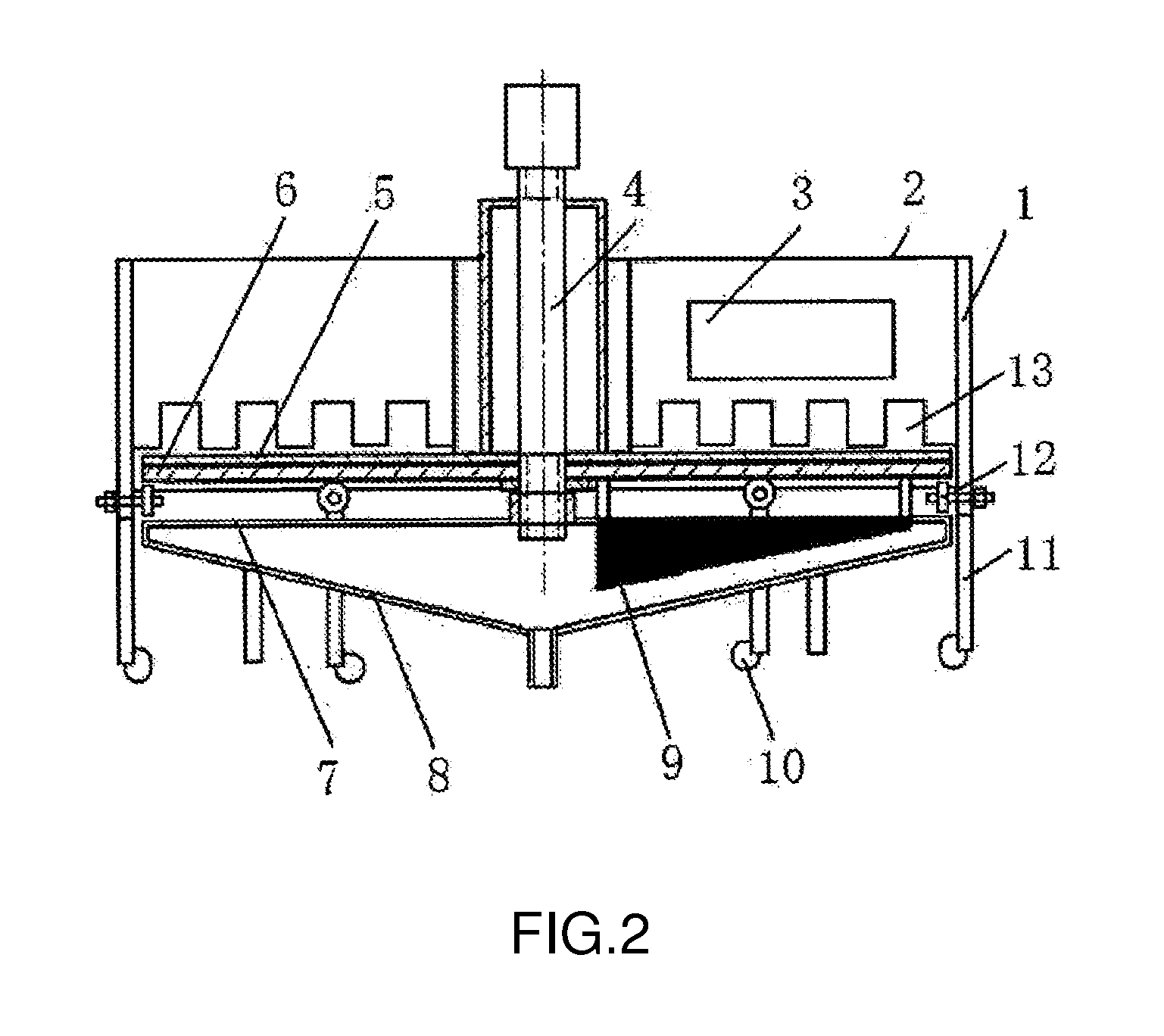1. Dry maze model for measuring the
working memory of animals. Dry mazes mainly refer to radial arm mazes, Y-mazes, T-mazes etc. Since reward and punishment is not provided in Y-mazes, T-mazes or Barnes mazes, and completely take
advantage of the discovery
instinct of animals, the animals is motivated by the hunger motivation to perform learning and memory in this type of maze task. So, the
food intake of animals should be strictly controlled, thus their
body weight should be decreased to 85% of original. However, the problem exist in this method is that the non-
learning factor, such as the
instinct of animals walking around the arm, the hunger lever, and so on, will influence on the experiment result.
2.
Water maze model for measuring the
working memory of animals. Morris
Water Maze (MWM) is a classical
water maze model, which performs learning and memory by taken
advantage of the escaping motivation of seeking platform to prevent from drowning. In addition, on the bases of dry mazes, the experiment device is filled with water to form 8-arm radial water mazes, water T-mazes, or water Y-mazes, so as to eliminate the influence of smell clues on the experiment result. Employing water mazes to perform behavior test, it is not required to control the food and
water intake of animals, and demands a short period, about one week, for training animals. It also enables to establish an image automatic acquisition and analysis system using computer, and enables to draw relevant histograms and running track diagrams, according to the collected data, so as to further analysis and discuss the experiment result by the researcher. Since the swimming latency of animals is correlated with their kinesiological condition, the shortcoming of MWM is that drugs affected animals' kinesiological condition, and animals' condition probably influence on the normal experiment result. Moreover, the experiment could be performed just in a few well equipped laboratories, because of the demand of
monitoring system and
analysis software. Lots of factors should be considered to design the experiment procedure, as well as experimenters is required to have certain knowledge of
neurophysiology, cognitive
physiology, and mathematical statistics, makes it difficult to perform experiment and to explain the result, and limits the wide application of this maze. Because of too much
energy consumption, and too much body temperature loss, it is difficult for old and frail rats to accomplish task. Of course, not all mouse strains can be employed to perform Morris maze test. BALB / C mice are unable to learn how to perform this task (never make progress as learning days increasing). 129 / SvJ mice show poor performance, and show tremendous difference between individuals. Some strains, like 129 / SvJ mice strain, because of age-related visual pathway lesions, makes it difficult to accomplish learning and memory task based on visual sense, when they are old. Because of the presence of alopecia in C57BL / 6 mice strain, some mice probably feel depressed, combined with ulcerative dermatitis, it affects the swimming abilities of mice and finally affects the experiment performance. This maze process is not sensitive to learning and memory ability slightly dropping off. Submerging animals into water maybe cause endocrine or other stress affects, the interaction between the later and cerebral lesions or
pharmacological action exists uncertainty. The experiment need to be done by manual operation even via an automatic
monitoring system, it makes the experiment to be boring. The experiment occupies too large testing area.
3. Other rats behavior model. One trial passive avoidance and step-down (or climbing pole) model are two simple models for researching learning and memory, and are suitable for researching
memory retention and
memory consolidation. These two models test the
memory retention and
memory consolidation via recording how long the animals never get into the small chamber with
electric shock or never jump away from the platform, since suffered an
electrical shock. New object recognition experiment is a model to test non-spatial
working memory abilities of animals, which apply the principle that animals tend to discover new objects by nature. If the animals have remember pre-existing objects, the animals should expend less discovery time on the pre-existing objects the than the new objects, in test procedure.
In conclusion, aforesaid classical maze training systems have different extent of limitations, which includes various human factors, troublesome technical operation, and lack of comprehensive influence factors stimulated by electric, sound (
noise), and light condition.
The device is complicate.
Moreover, the device is not perfect, because animals may complete the experiment by smell.
Electric stimulation and wounding stimulation cause
side effect on animals.
Aforesaid defects effect the experiment result, and weaken the accuracy of the experiment data.
 Login to View More
Login to View More  Login to View More
Login to View More 


